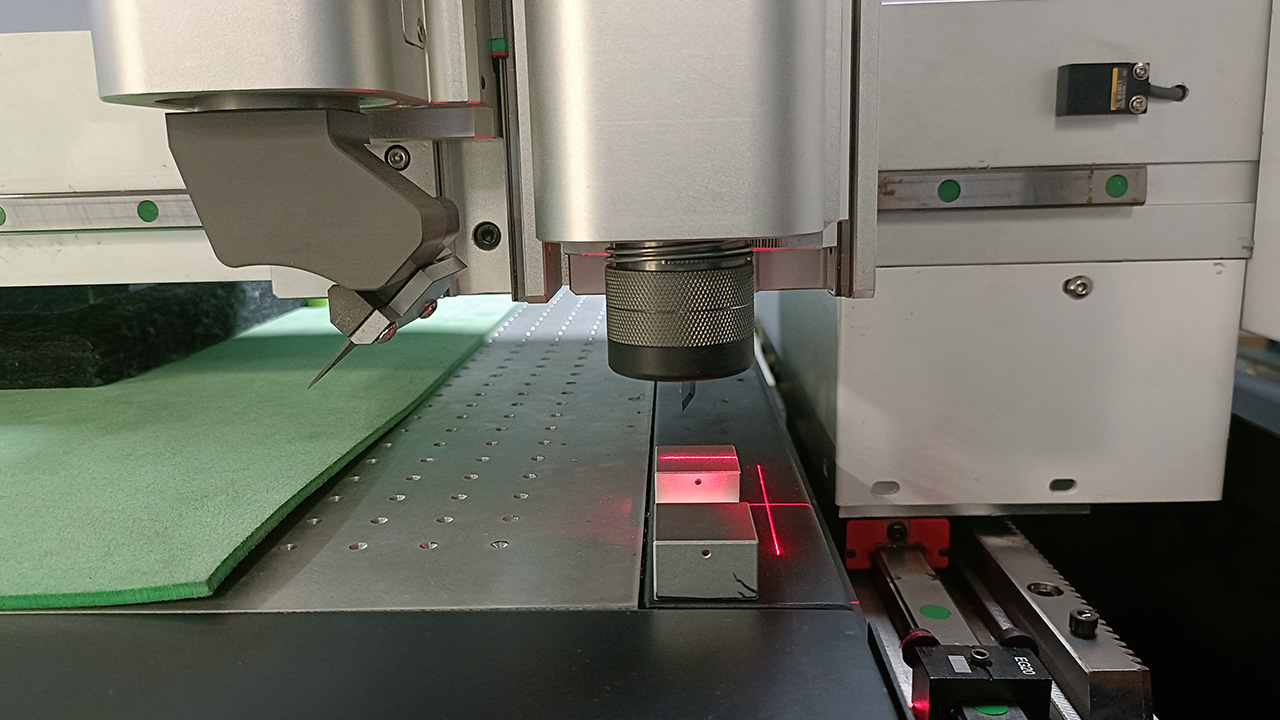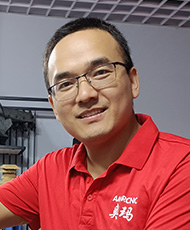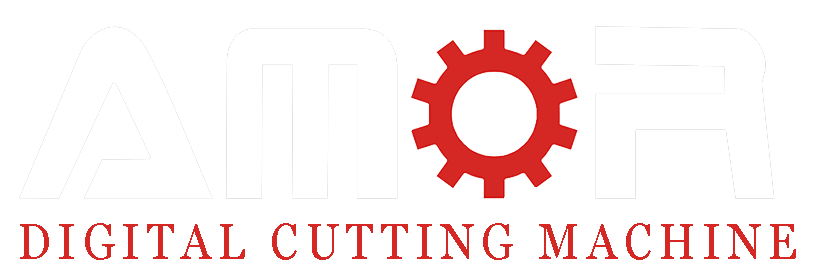How Do CNC Machines Achieve Precise Depth Control?
The key to precision lies in the technology that powers the machine. CNC machines use digital control systems that rely on exact measurements and pre-programmed settings. This allows the machine to adjust the blade’s height in real time, ensuring the tool only cuts or grooves as deep as necessary. No more, no less.
One feature I always appreciate is the machine’s ability to calibrate the blade before starting any cutting or grooving process. This calibration ensures the blade’s position is perfectly aligned with the material’s surface, allowing for consistent depth across every panel.
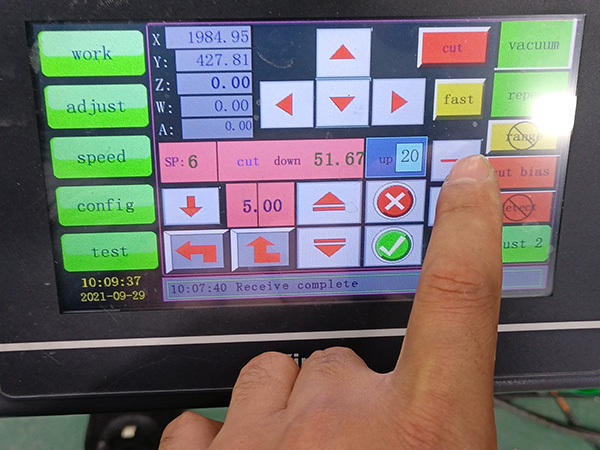
What Role Does Digital Control Play in Precision?
Digital control is the real MVP here. With CAD/CAM software, we can input precise depth parameters before the machine starts running. Think of it as giving the machine a roadmap for how deep to cut at each point. Whether you need a 3mm cut or a 10mm groove, the software ensures the blade or tool hits the exact depth at the right time.
Plus, these CNC machines continuously adjust during operation. They can detect if there’s any variation in material thickness and make micro-adjustments in real time. It’s like having an assistant who’s always double-checking your work, but way more accurate.

How Does Material Type Affect Depth Control?
Now, when working with different sound-absorbing materials—whether it’s polyester fiber, fiberglass, or foam—depth control can get tricky. Each material responds differently to the blade. Some are soft, others are dense, and this affects how deeply the blade can go without causing damage.
For example, cutting through a soft foam panel? You’ll need a light touch, or you risk compressing the material and making the cut uneven. CNC machines are equipped to handle this, with settings that let you adjust the pressure and speed to suit the material.
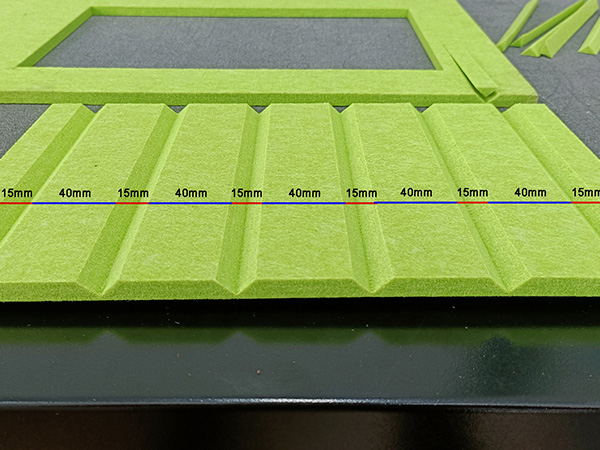
Why Is Multi-Layer Cutting a Challenge?
Cutting through a single layer of sound-absorbing material is one thing, but what about multi-layered panels? When you’re dealing with multiple materials stacked together, maintaining consistent depth control becomes a bigger challenge. Each layer could have a different density, causing the tool to either overcut or undercut.
That’s where CNC machines really shine. They can be programmed to adjust depth mid-cut, ensuring each layer is sliced just right. This is particularly useful for sound-absorbing panels that might have different materials combined for optimal acoustic performance.

What Are the Benefits of Automatic Depth Adjustment?
One of my favorite features of CNC machines is automatic depth adjustment. Imagine you’re in the middle of a complex job, and the machine senses that the material thickness has changed. Instead of requiring a manual adjustment, the CNC system automatically fine-tunes the blade height.
This means you get uniform depth across the entire panel, even if the material isn’t perfectly flat. This feature alone saves a ton of time and helps maintain quality throughout production.
Conclusion: Why Choose CNC Machines for Precise Depth Control?
At the end of the day, CNC cutting machines are unmatched when it comes to precise depth control, especially for complex materials like sound-absorbing panels. With advanced calibration, digital control systems, and automatic adjustments, these machines ensure every cut and groove is exactly where it needs to be—down to the last millimeter.
If you’re in the business of precision, CNC machines are the only way to go. Trust me, once you experience the accuracy, you won’t want to go back.

